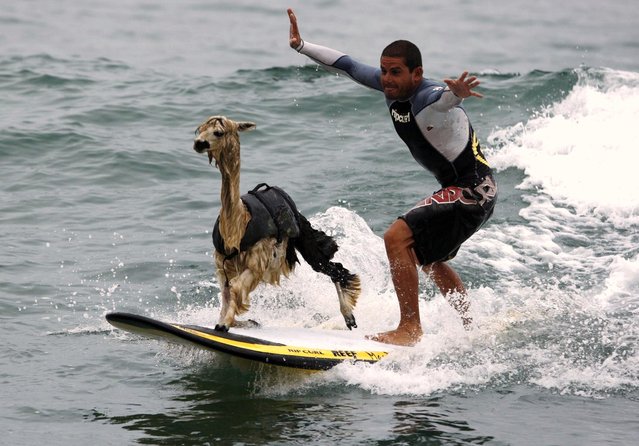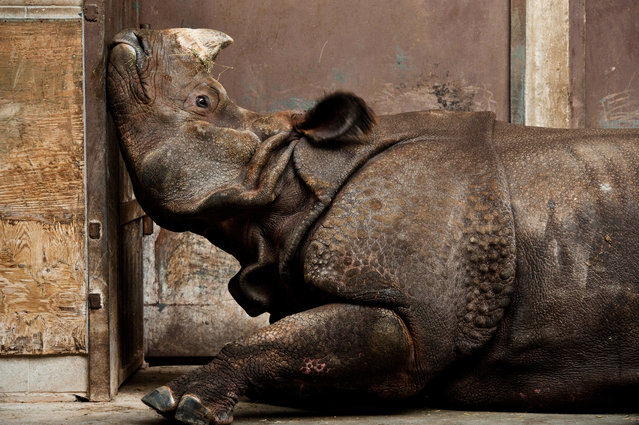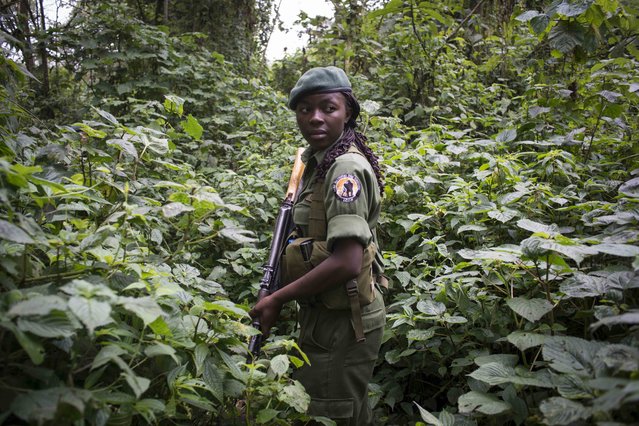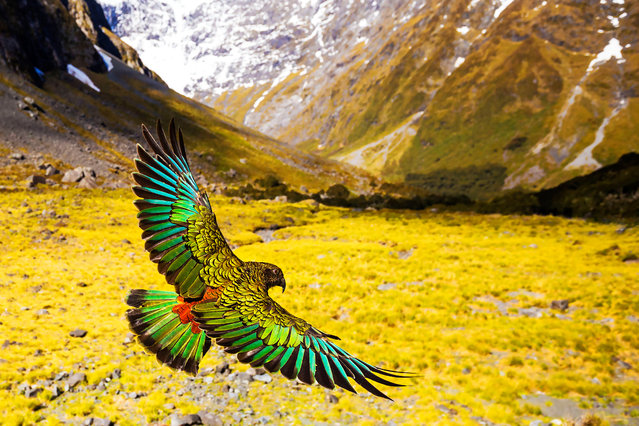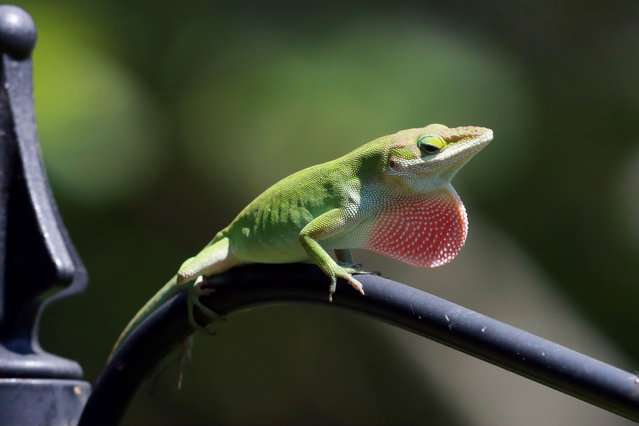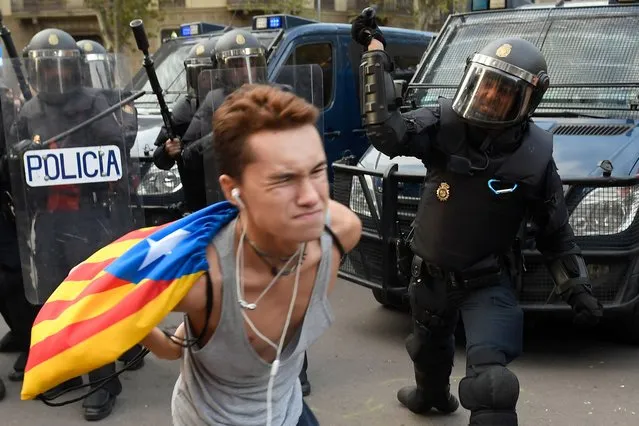
A Spanish national police officer uses his club to hit a protester during a demonstration called the Catalan pro-independence left youth group “Arran” on October 19, 2019 in Barcelona, a day after nearly 200 people were hurt in another night of violent clashes in Catalonia. The deterioration came on the fifth consecutive day of protests in the Catalan capital and elsewhere over a Spanish court's jailing of nine separatist leaders on sedition charges over a failed independence bid two years ago. (Photo by Josep Lago/AFP Photo)
21 Oct 2019 00:07:00,post received
0 comments


